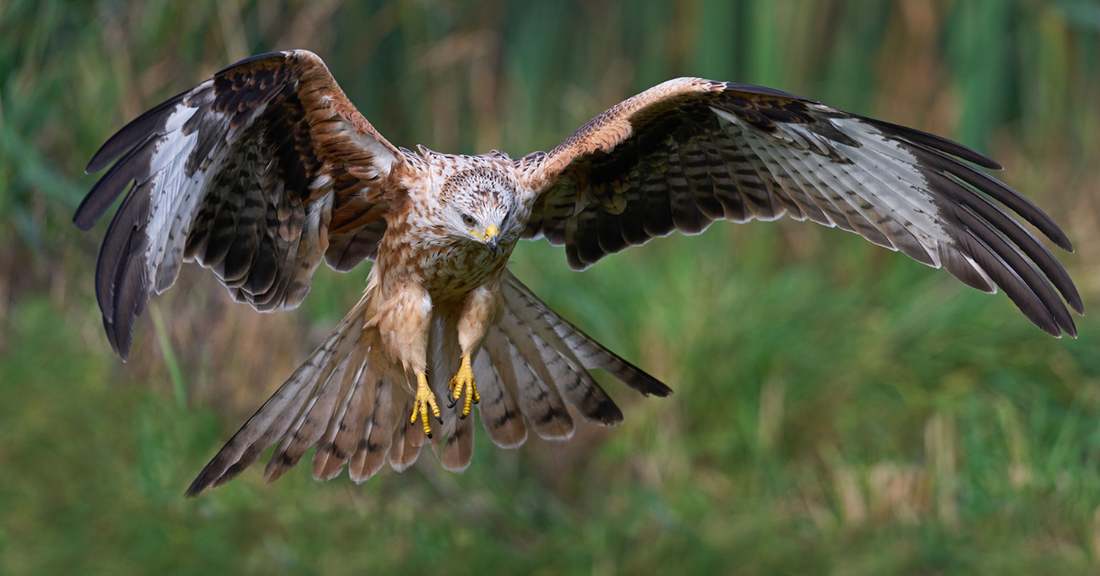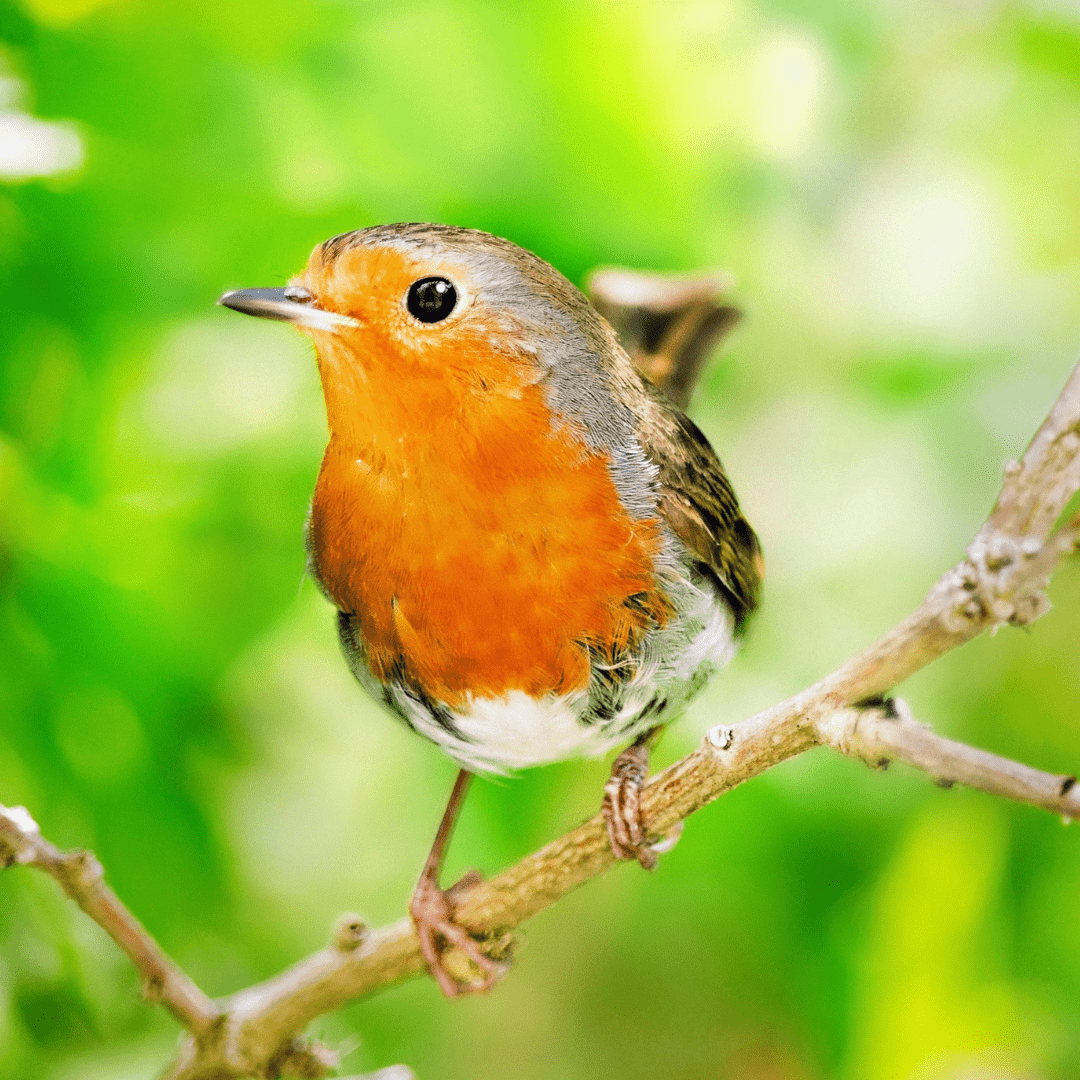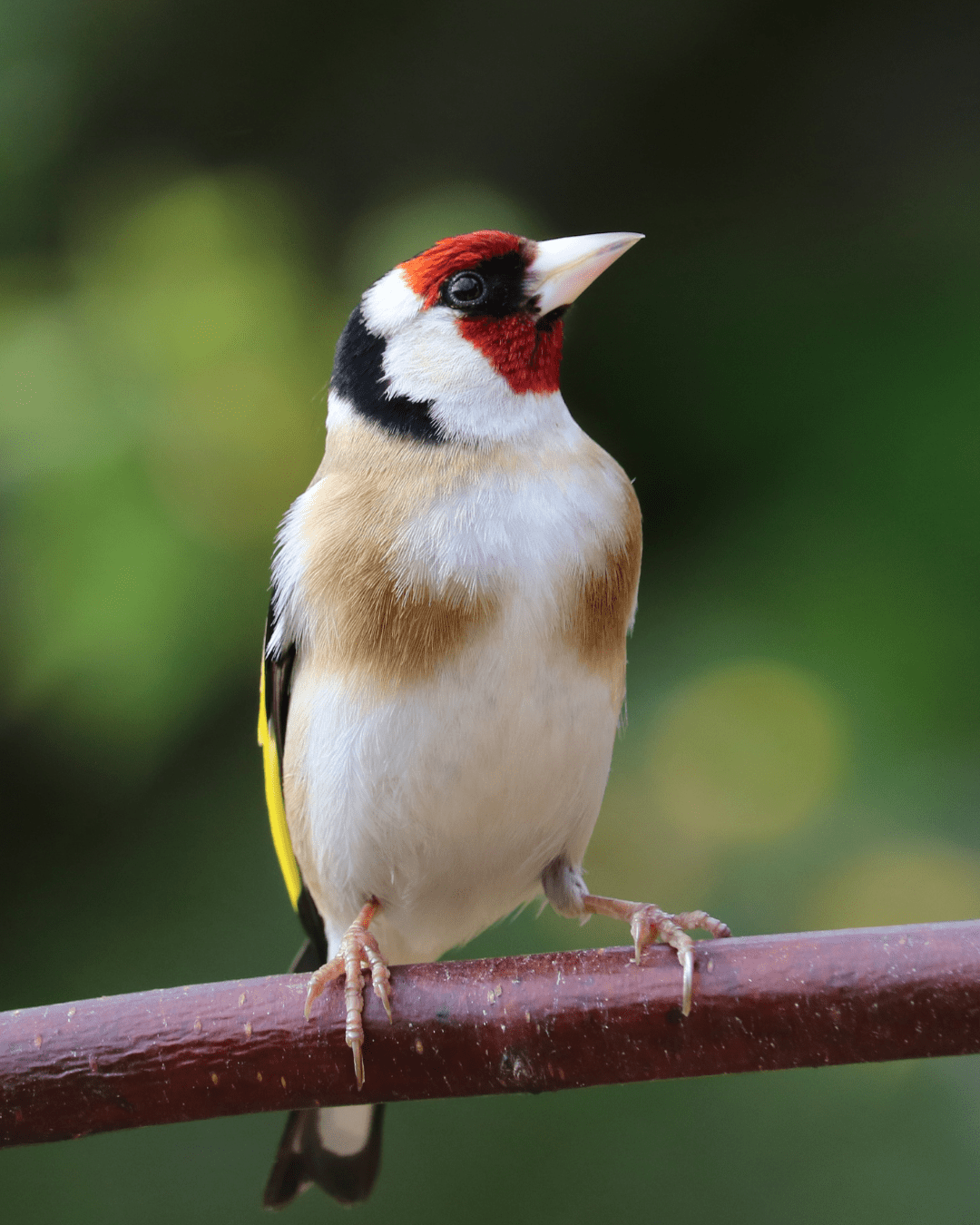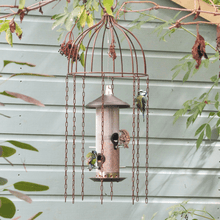British birds of prey

We see them up above us, but how much do we really know about our British birds of prey?
Birds of prey are raptors, which means they grab and carry away their prey (unlike the insect and seed eating smaller birds we enjoy watching in our gardens). Birds of prey have three things in common:
1. They eat meat, whether it’s scavenged or hunted.
2. Their eyesight is phenomenal. An eagle can zoom in on prey as small as a rabbit or rat two miles away, and has incredible colour perception as well as the ability to detect UV light.
3. They have powerful legs and sharp talons which they use to carry away their food.
We have been using birds of prey for nearly 10,000 years -they were enlisted by Genghis Khan to help in battle and catch food. The UK is home to 15 species of raptors including hawks, buzzards, owls, harriers, falcons, kites and eagles - the only category of raptor we don’t see in the UK are the vultures.
Tawny Owl
Tawny owls (or Brown Owls) are well camouflaged in their woodland habitats. They eat small mammals like mice and voles and are only active at night. They have a wingspan of up to 105cm and they have soft, fluffy feathers so as not to be heard when they swoop down on their prey. You can find tawny owls throughout the UK with the exception of the Scottish Highlands and Islands and Northern Ireland. Tawny owls are very aggressive when protecting their young and will even attack humans with their sharp talons.
Buzzard
The Common Buzzard is our most widespread and abundant bird of prey, and can be found in woodland, moorland, farmland and rural villages. Buzzards hunt for rodents, reptiles, other birds and large insects. Although they prefer to save energy by eating carrion, they are also large enough to steal food from other birds of prey. They have broad, strong wings measuring up to 128cm and their wings make a V shape when they are in flight. Buzzards woo a mate with acrobatic dance moves in the air before mating for life.
Sparrowhawk
Sparrowhawks are little killing machines, with the female so much bigger than the male that she eats a different diet to maintain her size. Sparrowhawk numbers have varied dramatically over the years - following a huge decline due to the introduction of pesticides, numbers rose but are now falling once more. Sparrowhawks specialise in targeting one finch or sparrow from a flock of birds, and they are even able to kill bats. The sparrowhawk has a wingspan of up to 70cm and can be found throughout the UK (other than the Scottish Highlands).
Golden Eagle
Arguably our most majestic bird of prey, golden eagle numbers are gradually increasing in their Scottish habitats. With an enormous wingspan of up to 2m, golden eagles make easy work of hunting mammals, including rabbits and even small deer. To woo a mate, a male golden eagle picks up an object and drops it from a height before swooping down to catch it. The female responds by doing the same with a clod of mud, and if each is sufficiently impressed by the other’s catching skills the birds will pair for life. Golden eagles can live for up to 38 years.
Red Kite
Red kites are my favourite bird of prey, probably because they’re the species I see most often. A conservation success story, red kites went from almost extinction (they were targeted by game keepers who wrongly thought the birds were taking their game, and then by egg collectors and taxidermists) to becoming a bird we see regularly with around 4,700 breeding pairs throughout the UK. Red kites have a wingspan of up to 185cm and eat carrion as well as preying on small mammals. Listen out for their whistling call and watch out for their deeply forked tail as they glide on the thermals.
Peregrine Falcon
With a diving speed of 200mph, peregrine falcons are the fastest animals on earth. Watching these birds hunt the birds they eat (including corvids) is awe-inspiring to watch. The female can weigh twice as much as the male, but both birds are of a stocky build. They can be seen along coastlines, moorlands and mountains throughout the UK (except parts of Scotland) and they hunt at dawn or dusk. They have been used in falconry for over 3,000 years and are used today at airfields to reduce the risk of bird strikes.
Which birds of prey do you regularly see in your garden?


















